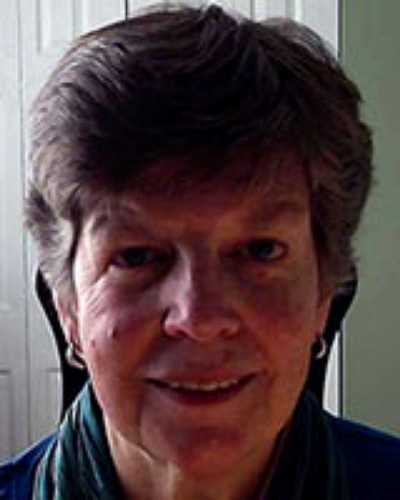Now published, see the full article 
Early Abstract:
Introduction: Despite the increased understanding of Canadian rural and remote nursing practice in the past two decades, a synthesis of nursing frameworks to guide practice was missing from the literature. In this article, the process undertaken to develop a nursing practice framework is described. The purpose of the project was to integrate existing rural and remote nursing evidence into a framework to: guide rural nursing practice; inform the actions of rural communities, other health professionals, educators, policy makers and regulators; and, support the health of Canadian residents who live in rural and remote areas.
Methods: Two consultants (DE, JK) worked with the Canadian Association for Rural & Remote Nursing (CARRN) Executive to plan and implement a process to develop a rural and remote nursing framework. An external advisory group representing regulated nurses and six expert rural nursing researchers were invited to critique project outcomes. A focused international review of the literature was conducted to determine which rural nursing frameworks existed. Electronic database platforms (i.e., ProQuest, the Cumulative Index of Allied Health Literature and Medline) were searched, with literature limited to English-only articles. Each article was analyzed to determine relevant key components and elements.
Results: The literature review generated 22 full-text articles that were analyzed and synthesized into five main categories: (a) larger society/determinants of health; (b) role of place/the rural or remote context; (c) rural and remote peoples/communities; (d) rural and remote nursing; and, (e) health outcomes. A draft document describing the creation of the framework and two different graphic designs of the framework were developed, then sent to the advisory group for critique. All critiques were reviewed and the document was revised as appropriate. The framework design that used concentric circles to depict relationships between the five identified categories was selected by a majority of the advisory group reviewers as being representative of their practice and experience.
Conclusion: It is envisioned that by using the framework, practicing nurses can identify the tightly woven interconnections within the rural context affecting the health of their clients. Nursing assessments and practice can then be strengthened from consideration of the framework. Nursing programs with dedicated rural nursing content potentially could incorporate the rural and remote nursing practice framework document into classroom and clinical discussions. Due to resource and time restrictions, Indigenous and Francophone nurses were not part of the framework discussions, nor were community members living in rural or remote Canada. Ongoing critique from relevant rural groups will be beneficial for future input and revisions. CARRN is developing a knowledge mobilization strategy to begin this process.



